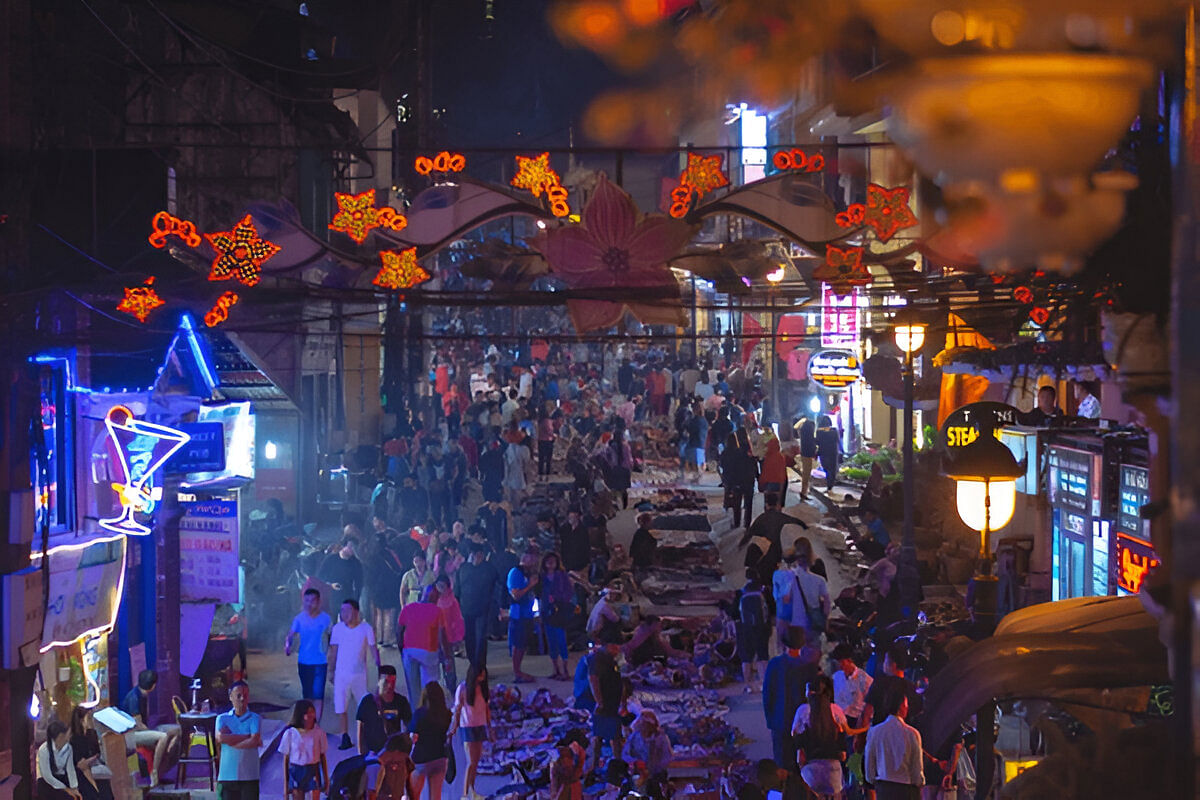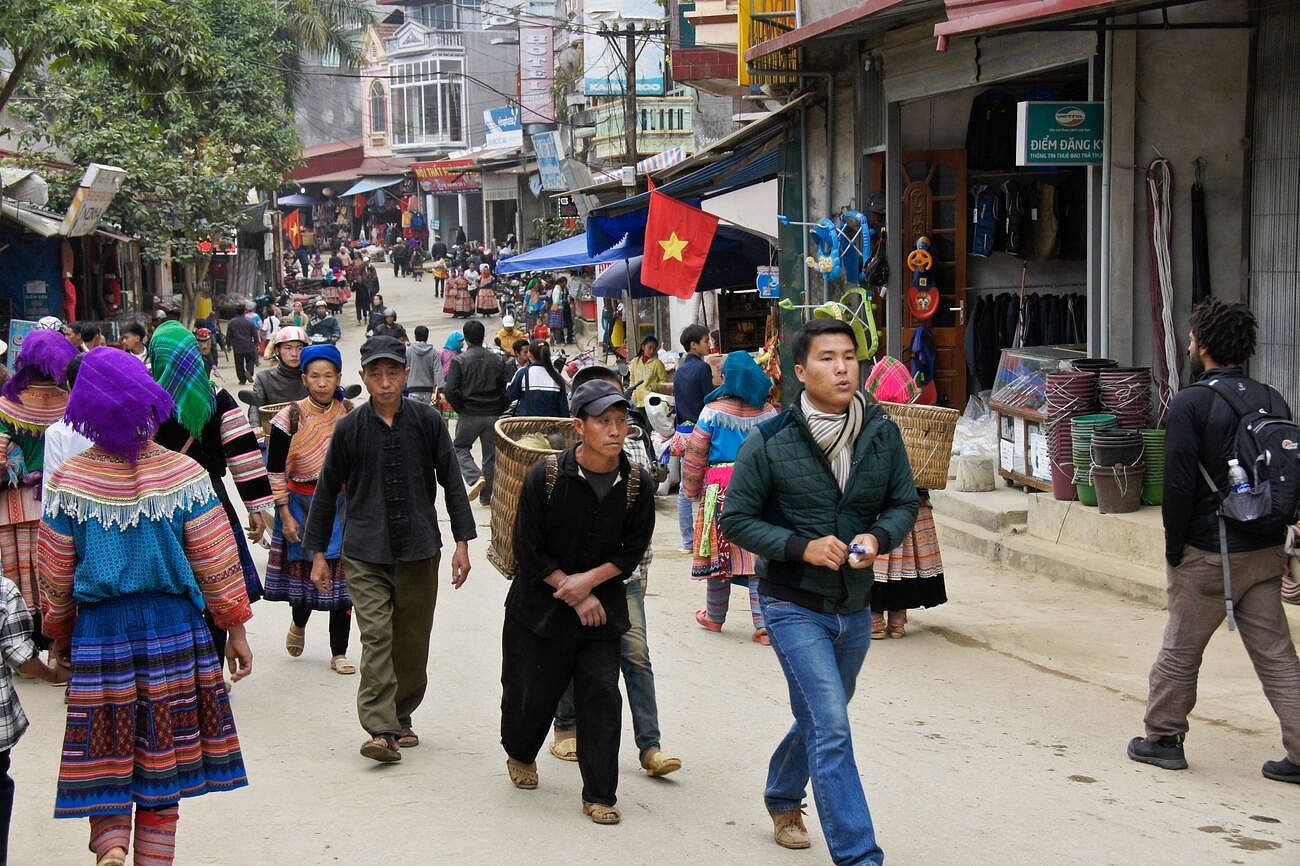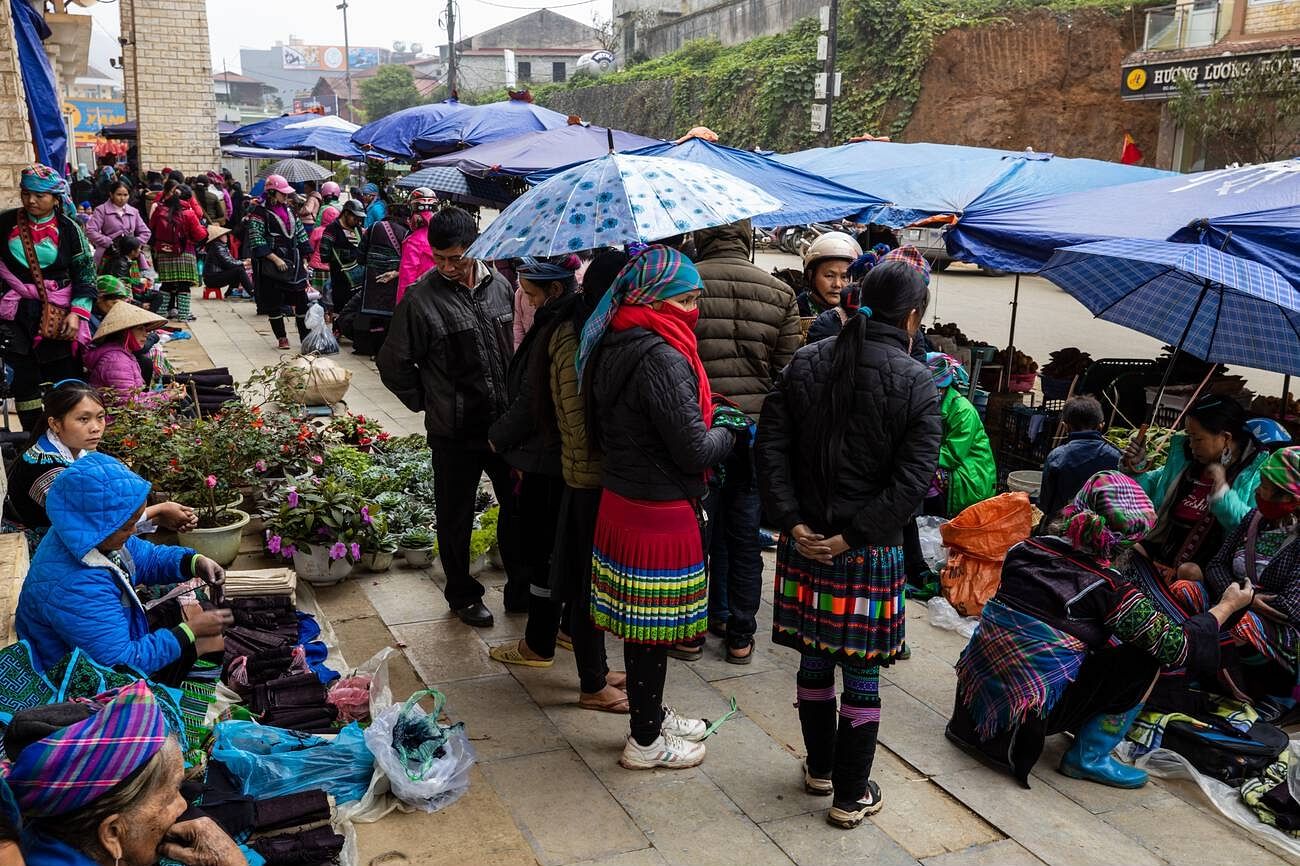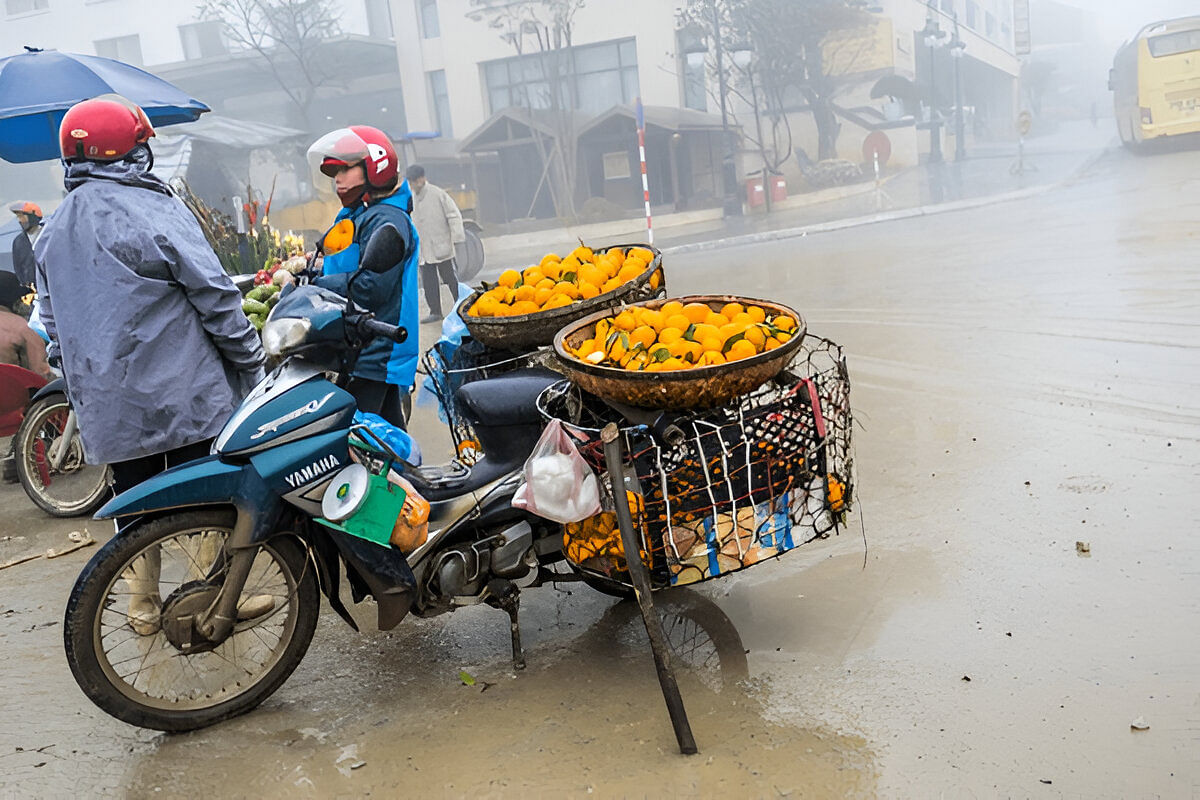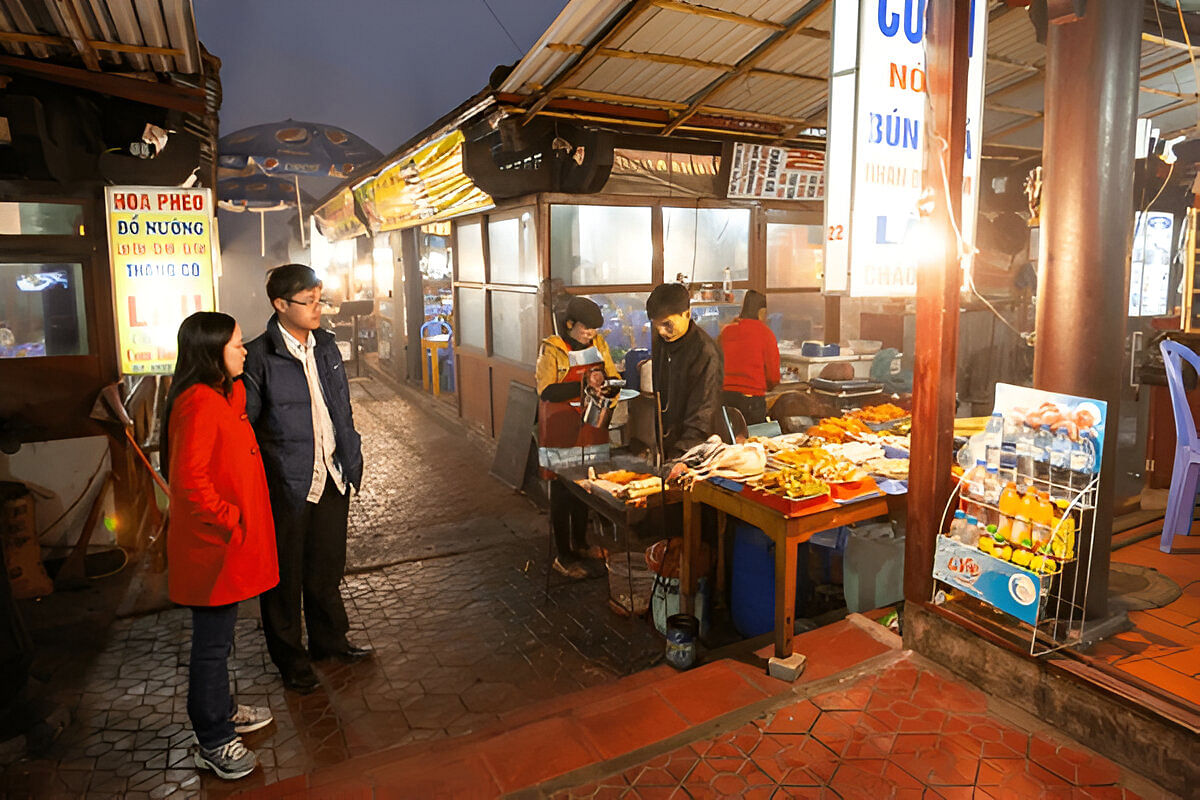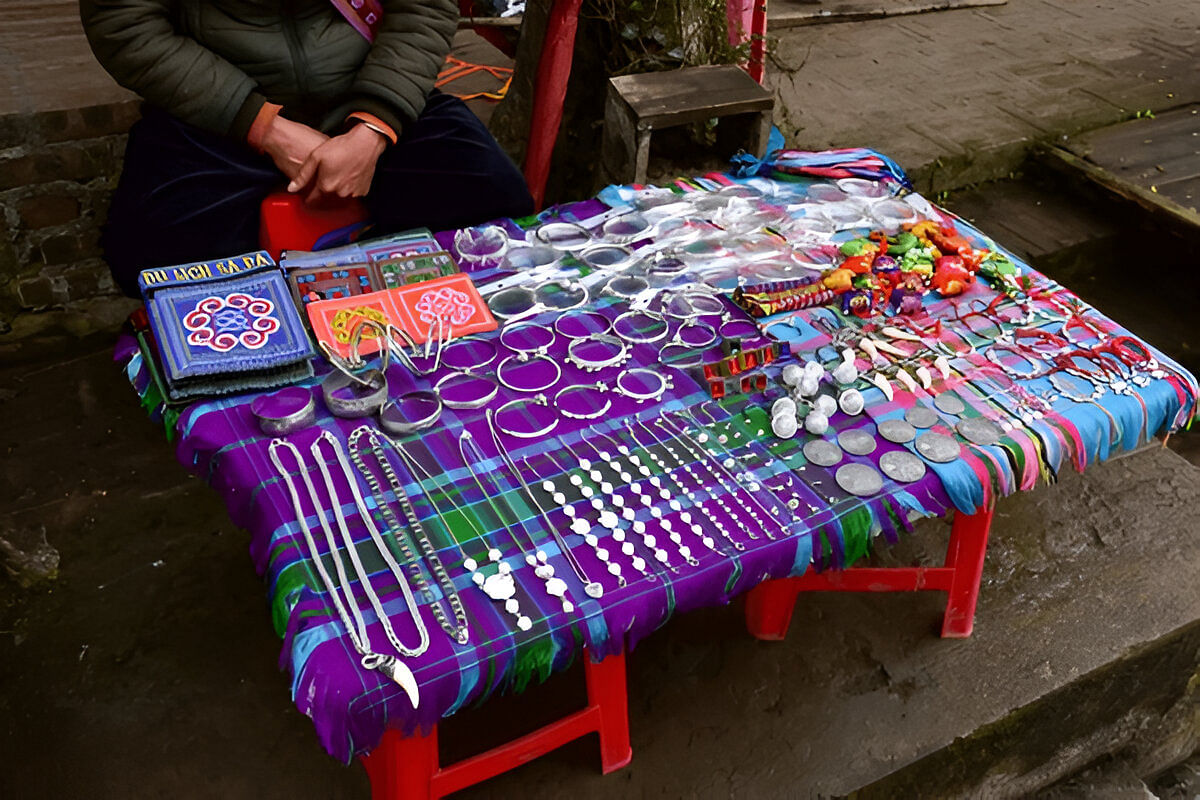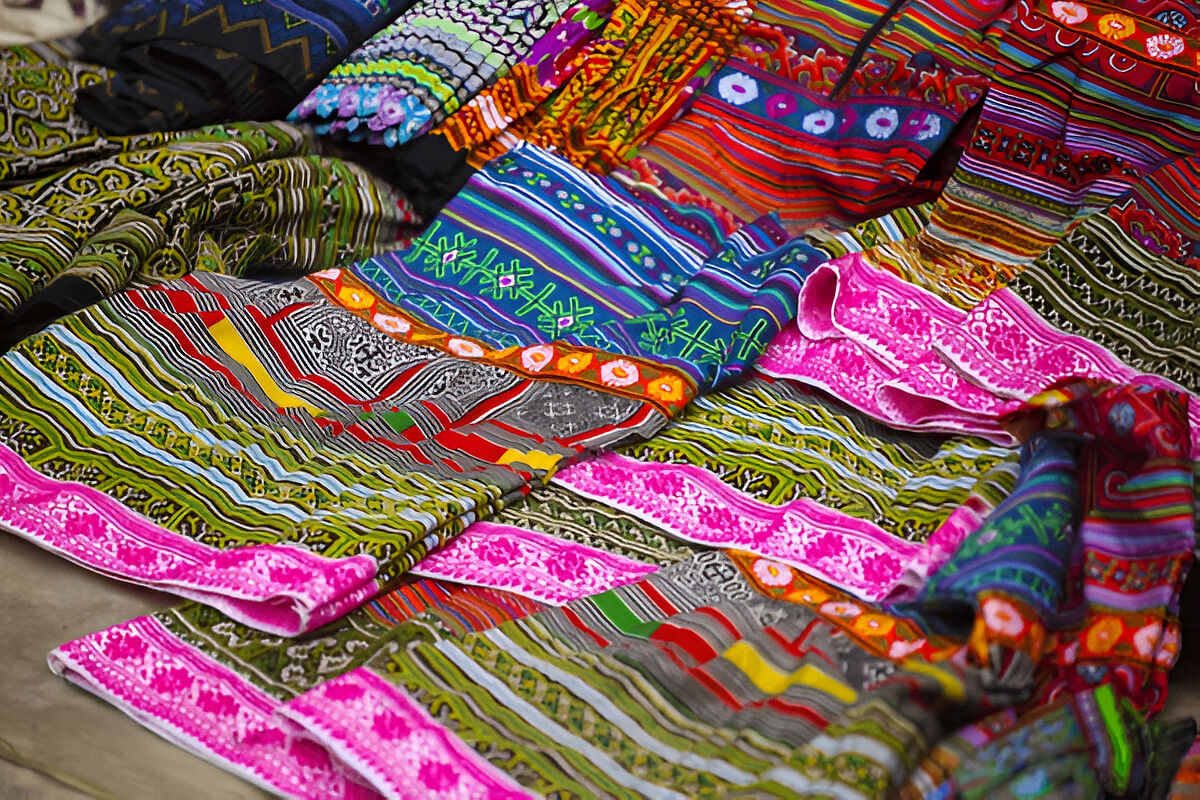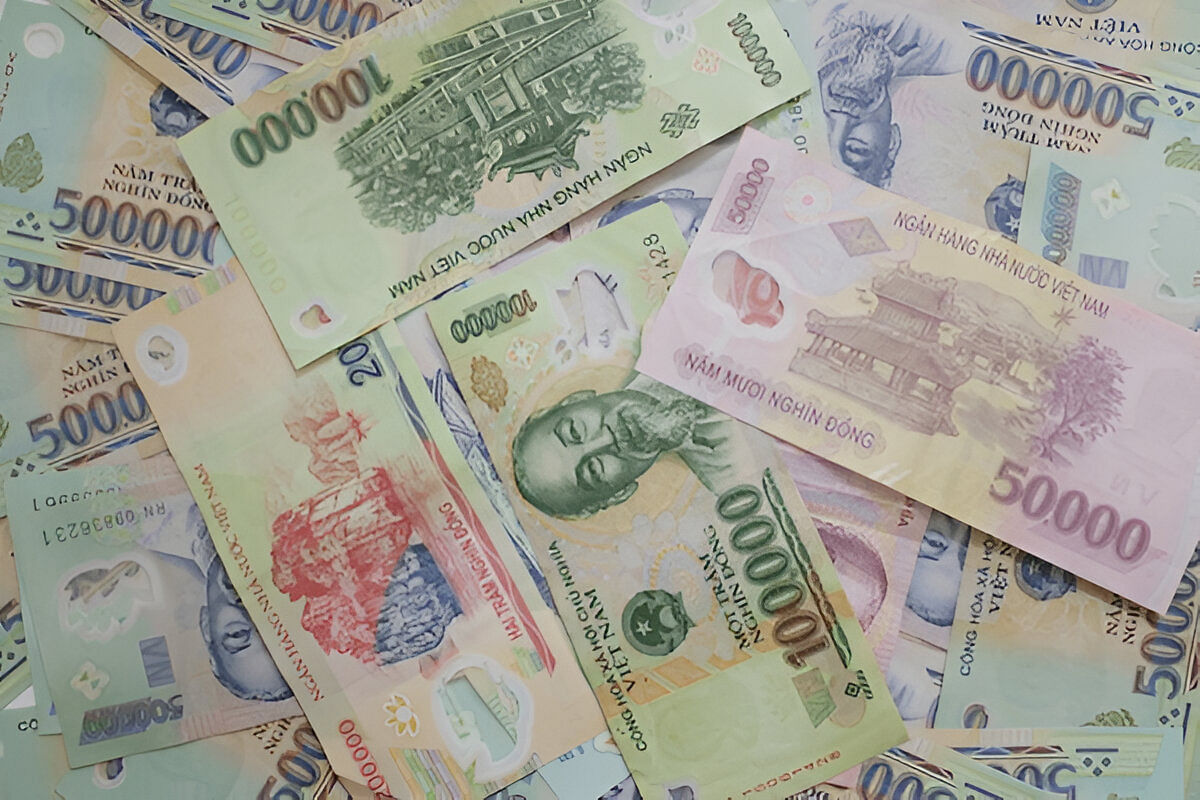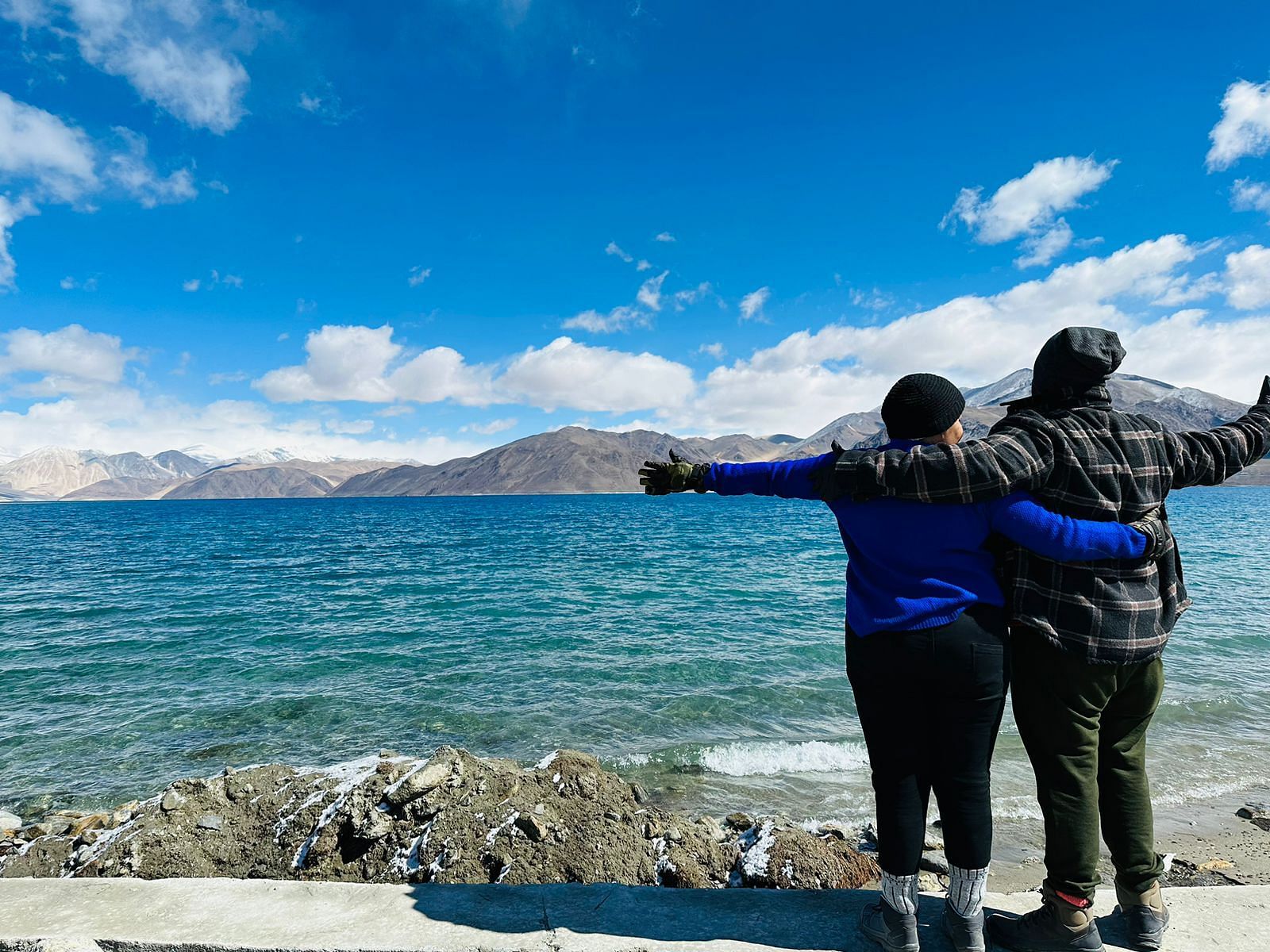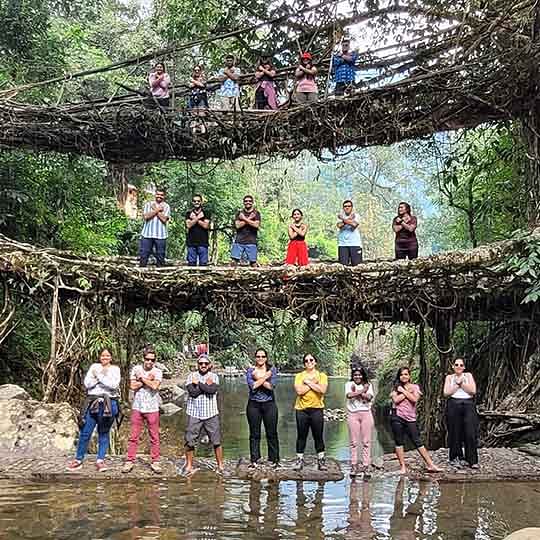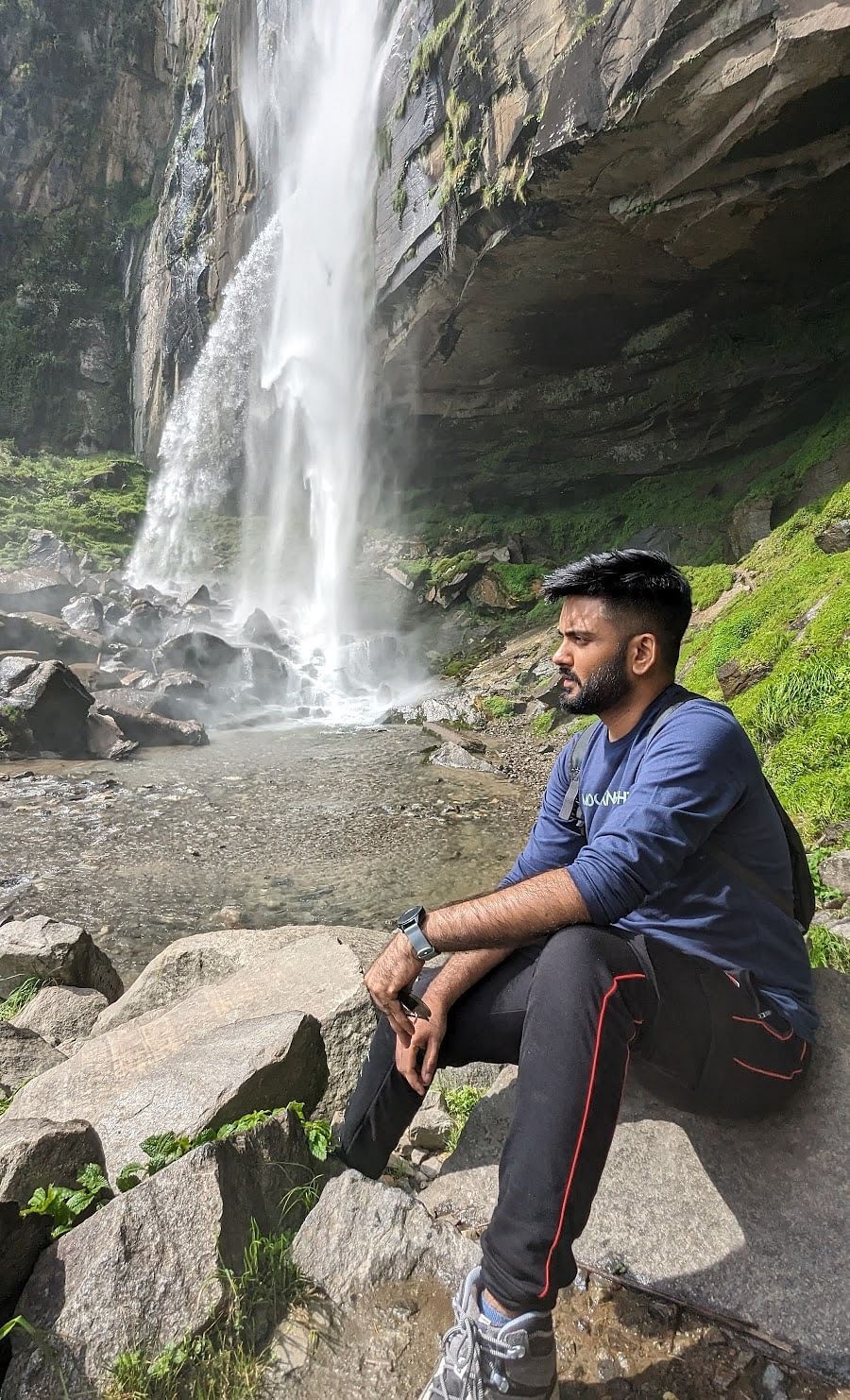A must-include in your Vietnam tour package, the Sapa Market is one of its kind in the country. As this market is perched high in the emerald mountains of the northern side of the country. Here you can find cultures meet, trade thrives, and stories are told without words.
More than just a shopping destination, Sapa Market is a gateway into the everyday life of the region’s diverse ethnic minority communities, including the Hmong, Red Dao, Tay, and Giay peoples. Here, you can taste Vietnamese local delicacies, browse vibrant textiles, and witness age-old customs still practised today.
This guide will walk you through everything you need to know: the unique features of the markets in Sapa, what to buy and eat, opening hours, top markets beyond the town itself, and insider tips for a seamless visit. Ready to explore local markets in Sapa and uncover their unmatched charm? Let’s dive in.
Sapa Market at a Glance: Quick Facts for Your Visit
Sapa Market is the main bustling marketplace in Sapa Town, which falls under the northern part of Vietnam. One of the most amazing shopping places in Vietnam, which serves as a vibrant trading and cultural hub where ethnic minority groups gather to sell fresh produce, handicrafts, textiles, and traditional foods.
- Is there an entrance fee for Sapa Market?
No, there is no entrance fee for Sapa Market.
- What is the best time to visit Sapa Market?
The best time to visit Sapa Market depends on what kind of experience you are looking for. If you want to visit the main market, then early morning is the best time to visit the Sapa Market, Vietnam. Whereas if you want to explore the Sapa night market, then the best time to visit is late in the evening.
Here is a breakdown of the best time to visit Sapa Market, Vietnam, season-wise:
Dry Season (March to May & September to November): The dry season is the best time to visit Sapa markets. You’ll enjoy clear views, sunny days, and cool nights. It’s perfect for exploring local markets in Sapa, shopping for handmade crafts, and taking beautiful photos without worrying about rain or slippery paths.
Harvest Season (September–October): During harvest season, Sapa’s rice terraces turn bright gold. It’s an amazing time to combine trekking with visiting markets in Sapa. You can watch farmers working in the fields, then shop for fresh produce and unique handicrafts while enjoying the colourful mountain scenery.
Winter (December–February): Winter in Sapa is cold and sometimes snowy, creating a magical scene. Markets stay open, but some remote ones are harder to reach. Still, it’s a special time to explore Sapa Market, Vietnam, try hot pot, and feel the cosy atmosphere of the mountains.
Other than the main market in Sapa, there are various options that you can explore, as they are considered some of the best places to visit in Vietnam. Let’s discuss them briefly below:
1. The Main Sapa Market (Sapa Central Market)
Every morning, Sapa Market bursts into life, buzzing with energy as vendors from nearby villages pour in, their baskets brimming with fresh vegetables, fragrant herbs, and handwoven goods. You will be surrounded by Hmong women who are dressed in their signature indigo skirts, and Red Dao women, adorned in beautifully embroidered headscarves, weaving through the crowd, exchanging goods and stories.
The atmosphere of the most famous markets in Sapa is electric. You'll hear the constant hum of chatter and catch the mouthwatering aroma of grilled meats wafting through the air. Find yourself drawn to the vibrant stalls piled high with spices, colourful woven bags, and intricate jewellery.
You will expect a delightful mix of everyday essentials for the locals, think fresh fish, meats, and tools, along with a treasure trove of authentic handicrafts. You can buy these items as a souvenir. Whether you’re after something practical or a unique piece of local craftsmanship, Sapa Market offers a little something for everyone!
2. The Sapa Love Market (Historical/Cultural Significance)
One of the most famous markets in Sapa among the young people is the Sapa Love Market. If you are wondering what the most unique features of the markets in Sapa? Then you will be amazed to know that local ethnic groups, like the Hmong and Dao, would meet to find a partner.
They sang love songs, played traditional instruments, and exchanged small gifts as signs of affection. Today, the Love Market is mostly a cultural show created for visitors. It still keeps the spirit of the old traditions alive, even if it’s no longer a real matchmaking event. You can see performances and displays near Sapa Church almost every Saturday night, making it a unique way to experience Sapa’s romantic past.
Unique Features of the Markets in Sapa: A Cultural Tapestry
- Ethnic Diversity: Markets in Sapa are full of life, with many ethnic minority groups wearing colourful traditional clothes. You’ll see Hmong, Red Dao, and Tay people selling unique local products.
- Indigo Dyeing: Markets in Sapa are full of life, with many ethnic minority groups wearing colorful traditional clothes. You’ll see Hmong, Red Dao, and Tay people selling unique local products.
- Embroidery: The markets are famous for intricate embroidery. Handmade patterns decorate bags, scarves, and clothing, showing the skill and stories of Sapa’s ethnic communities.
- Silver Jewellery: You can shop for beautiful silver jewellery in Sapa Market. Local artisans make earrings, necklaces, and bracelets by hand, perfect for a special souvenir.
- Local Produce: Fresh fruits, herbs, and spices fill the stalls. Sapa Market offers everything from mountain vegetables to medicinal plants, giving you a taste of Vietnam’s rich harvest.
- Cultural Exchange: Exploring local markets in Sapa lets you meet friendly vendors, learn about their traditions, and experience daily life. Always be polite and ask before taking photos.
Book Your Vietnam Tour Packages, 2025!
What to Do in Sapa Market: Must-See Attractions & Experiences
- Shopping for Authentic Souvenirs: Sapa Market, Vietnam, is perfect for shopping for unique souvenirs. You’ll find handmade textiles, colourful traditional clothing, silver jewellery, and special crafts. Don’t miss trying Sapa’s famous dried buffalo meat or a bottle of local corn wine. They make great gifts and memories to take home.
- Sampling Local Delicacies: Exploring local markets in Sapa means tasting amazing food. Snack on grilled skewers, sticky rice, corn cakes, or a steaming bowl of local pho. On chilly days, warm up with a spicy hot pot or sip herbal teas, rice wine, and sweet corn wine with the locals.
- People-Watching & Photography: Sapa Market is full of vibrant scenes to capture. Watch people bargaining, see traditional costumes, and feel the lively energy all around. Always be kind, and ask before taking close-up photos of vendors. It’s the best way to respect and enjoy their rich culture.
- Observing Traditional Practices: One of the best things to do in Sapa Market is to watch traditional practices in action. See locals preparing food, crafting textiles, and bargaining with customers. It’s a wonderful chance to learn about Sapa’s unique culture and daily life up close.
Joining a Sapa Market Tour: A Sapa Market tour makes exploring so much easier, which is also one of the best things to do in Vietnam. Guides share stories about ethnic groups, help you find the best stalls, and teach you how to bargain. It’s the easiest way to enjoy the markets in Sapa without missing any hidden treasures.
Practical Tips for Exploring Sapa Markets
Here are a few practical tips for exploring Sapa Markets
- It is advisable to start with a lower price when bargaining, but always remain polite and respectful.
- If you're not happy with the price, it's perfectly okay to smile and walk away.
- Carry Vietnamese Dong (VND) in cash, as most vendors do not accept cards or digital payments.
- It is important to dress modestly to respect the local culture, especially in traditional areas.
- Always ask for permission before taking photos of people, especially in rural or tribal communities.
- Avoid giving money directly to children; instead, support local schools or community initiatives.
- Wear comfortable footwear, as you’ll likely be walking through uneven and crowded market areas.
- Be cautious of overly friendly locals who may try to lead you to specific shops—they could be working for commissions.
- Using a few basic Vietnamese phrases or a translation app can make interactions smoother and more respectful.




